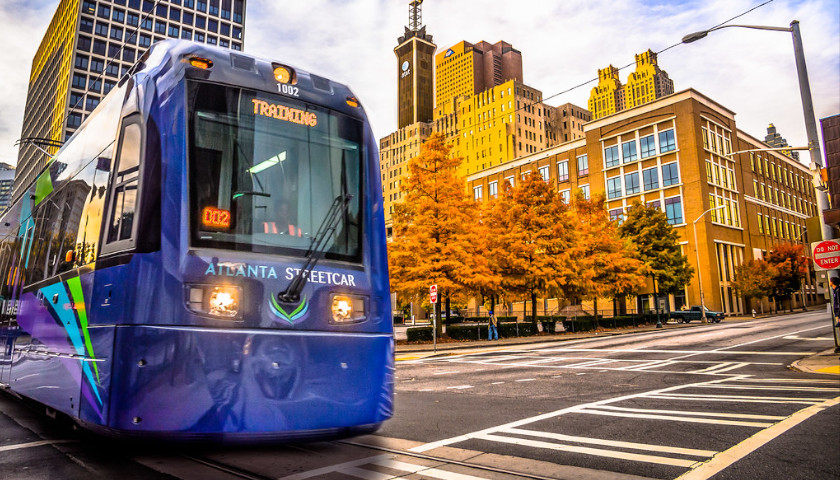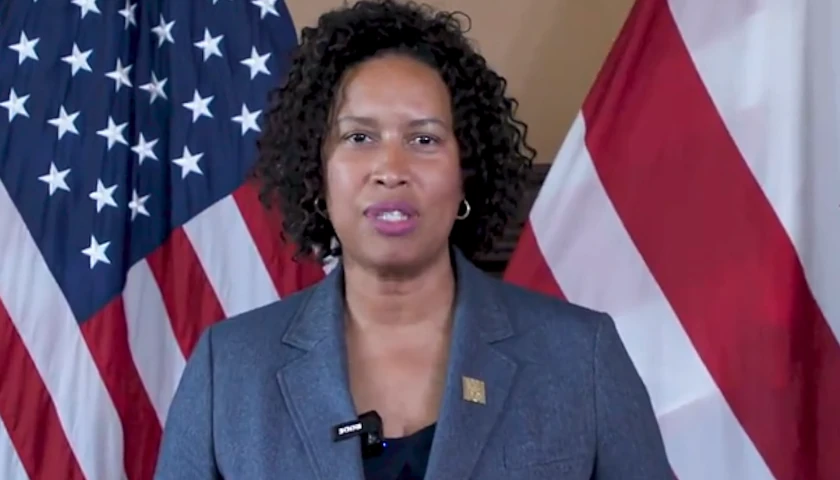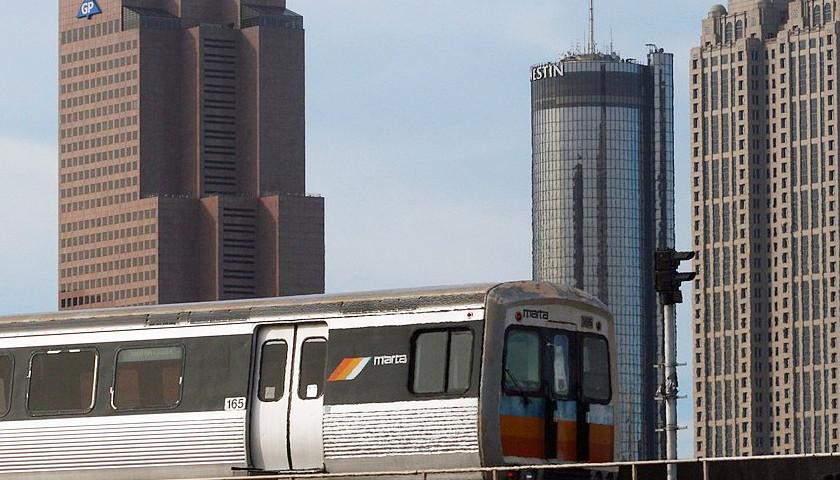by T.A. DeFeo
The Metropolitan Atlanta Rapid Transit Authority plans to spend $176 to 215 million to extend Atlanta’s streetcar line eastward.
The agency plans to use money from the More MARTA Atlanta half-penny sales tax voters in Atlanta approved in November 2016 to fund the two-mile extension, which won’t open until 2027. The agency expects to start construction in 2024.
Officials said the specific price depends on several variables, including rising materials costs because of inflation. Once completed, the extension would, in part, run toward the Ponce City Market mixed-use development and along the Atlanta BeltLine, a recreational trail built along a former rail corridor.
“The question with transit is often times a chicken and egg one,” Atlanta City Councilman Amir Farokhi said during a public meeting about the extension. “Well, the chicken has laid the egg on the east side, and so expanding the streetcar out toward Ponce City Market holds a lot of promise from a ridership perspective.
“…This is the beginning of some really exciting and meaningful transformative transit work in our city, something I don’t think we’ve seen in a long time,” Farokhi added. “…For most of us, it can’t come and get built quick enough, but we want to make sure that this gets done with excellence and with thought to what it means both for transit and inclusion but also from a design perspective, that it fits well with both the Beltline and our streets and the experiences we want to have.”
The project extends an existing 2.7-mile-long streetcar loop that opened in 2014. The line was initially an independent operation, but MARTA took over operations in 2018.
Atlanta once had a robust network of streetcar and interurban lines. However, the community eliminated the network about 75 years ago.
– – –
T.A. DeFeo is a contributor to The Center Square.
Photo “Atlanta Streetcar” by Central Atlanta Progress. CC BY 2.0.






Altlanta also once had a robust network of TRACKLESS trolleybuses from roughly 1935 to 1963 which covered, at its height, almost the same amount of miles as its pre-1950 streetcars and interurban electric railways. Indeed, Atlanta’s trackless trolley network was the U.S.’s biggest during the early 1950’s. When Atlanta dismantled the trolley-buses during the early 1960’s, San Francisco would hold the title as having the U.S.’s biggest trackless trolley network–as it still does. Seattle now comes in a close second.